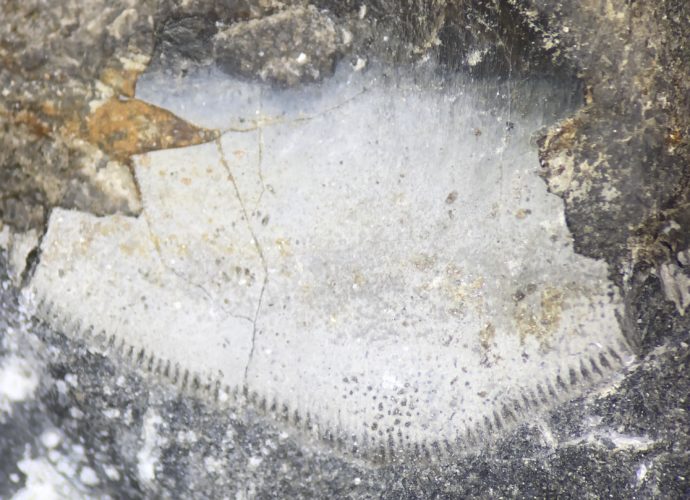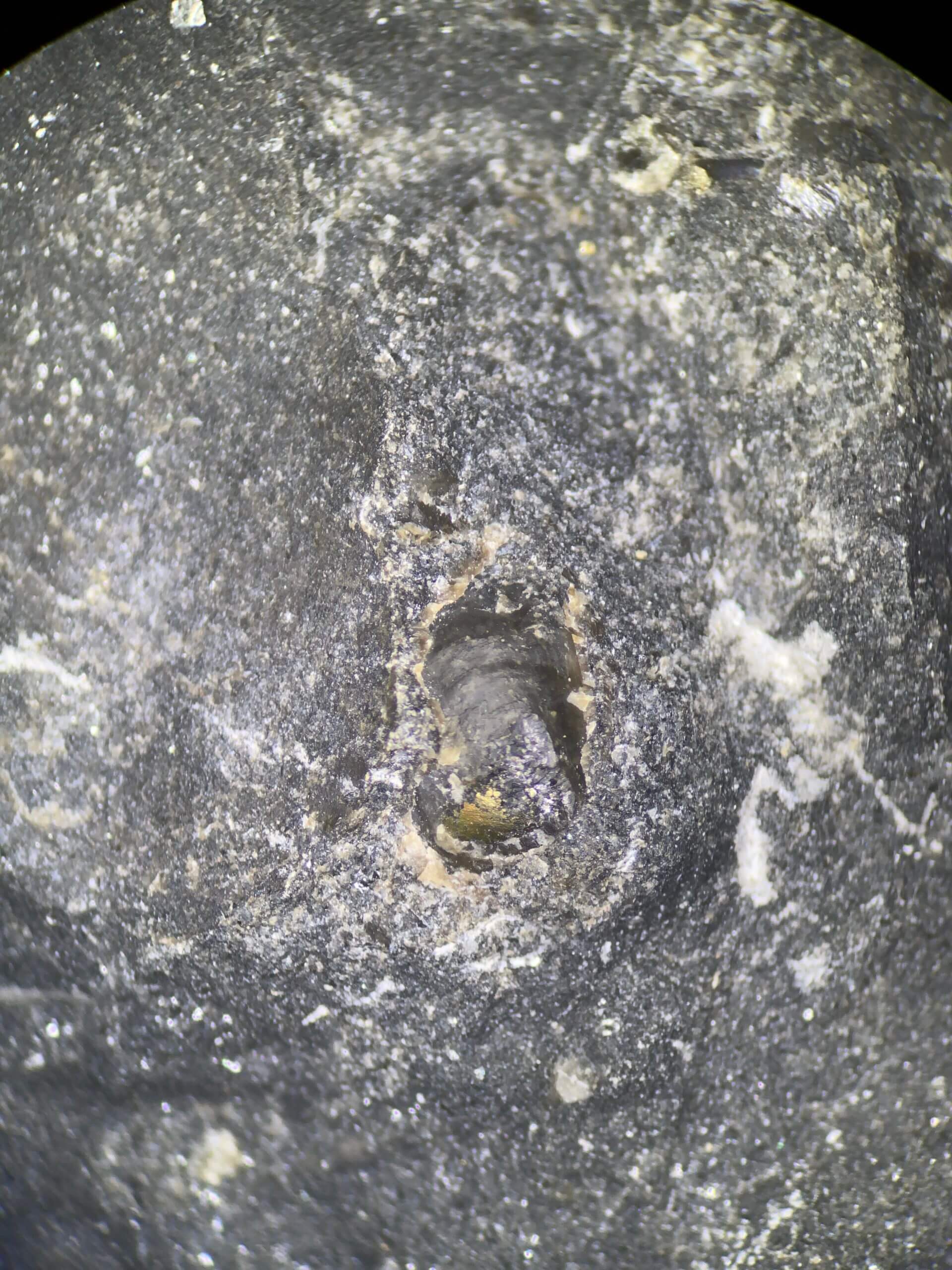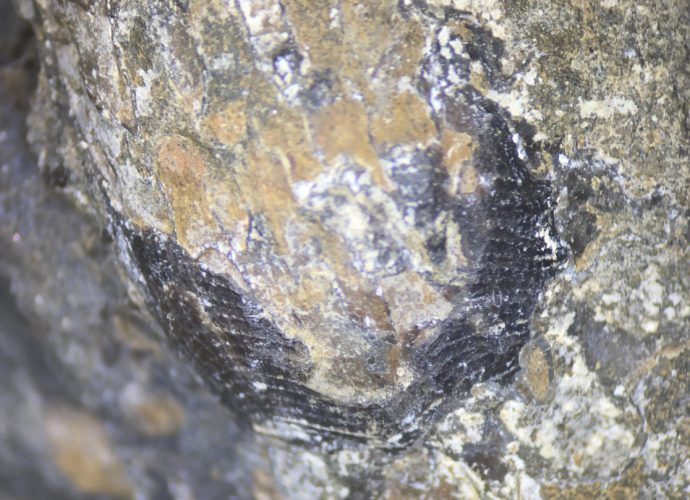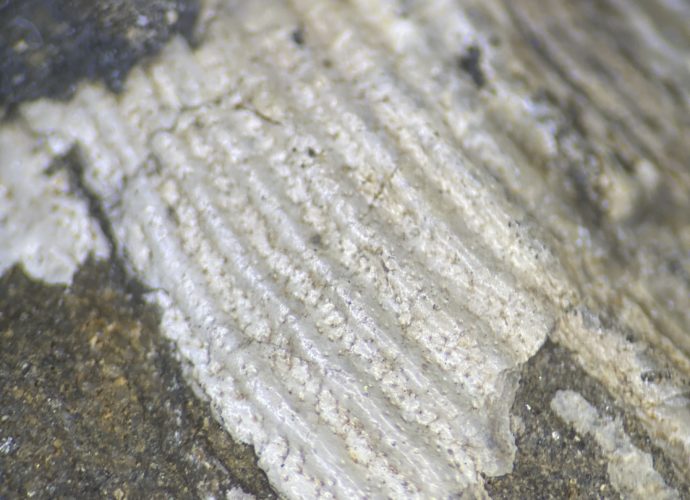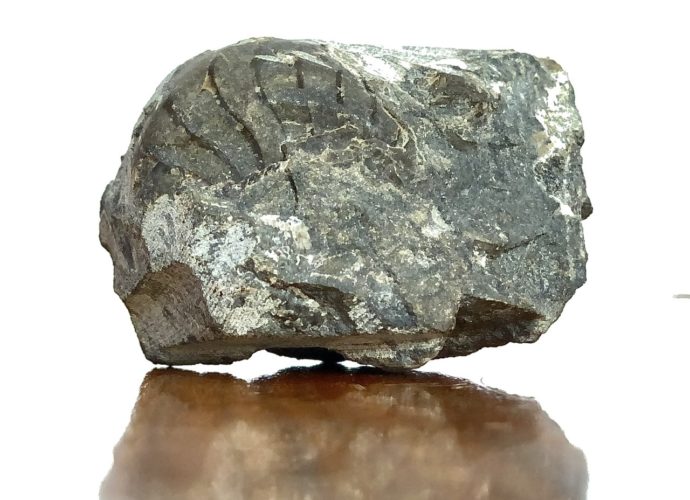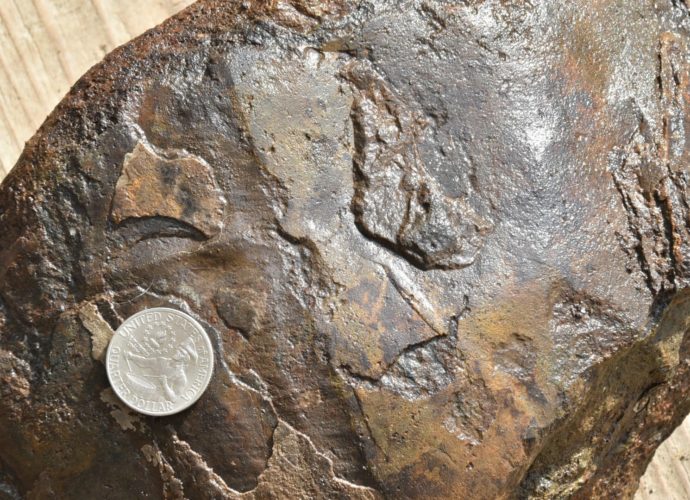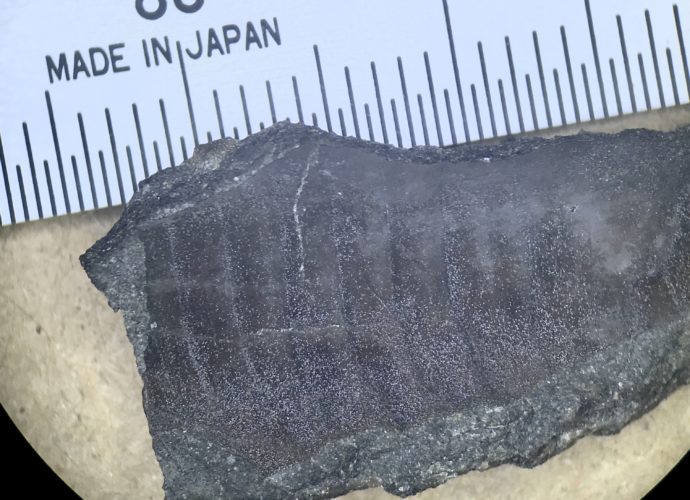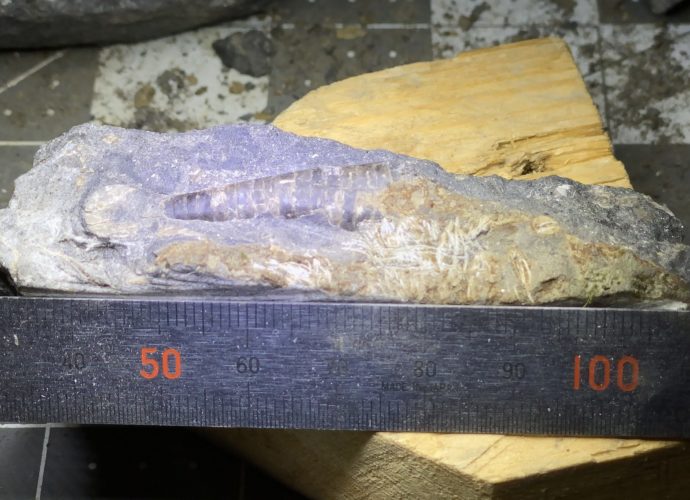Petalodus IV
A fourth Petalodus Tooth has been found in the same general area I found the first three teeth. This tooth looks deep, like the 2nd tooth. The two sides are missing and fractured, likely from splitting the rock. The tooth was dark in color when I found it and turnedRead More →

